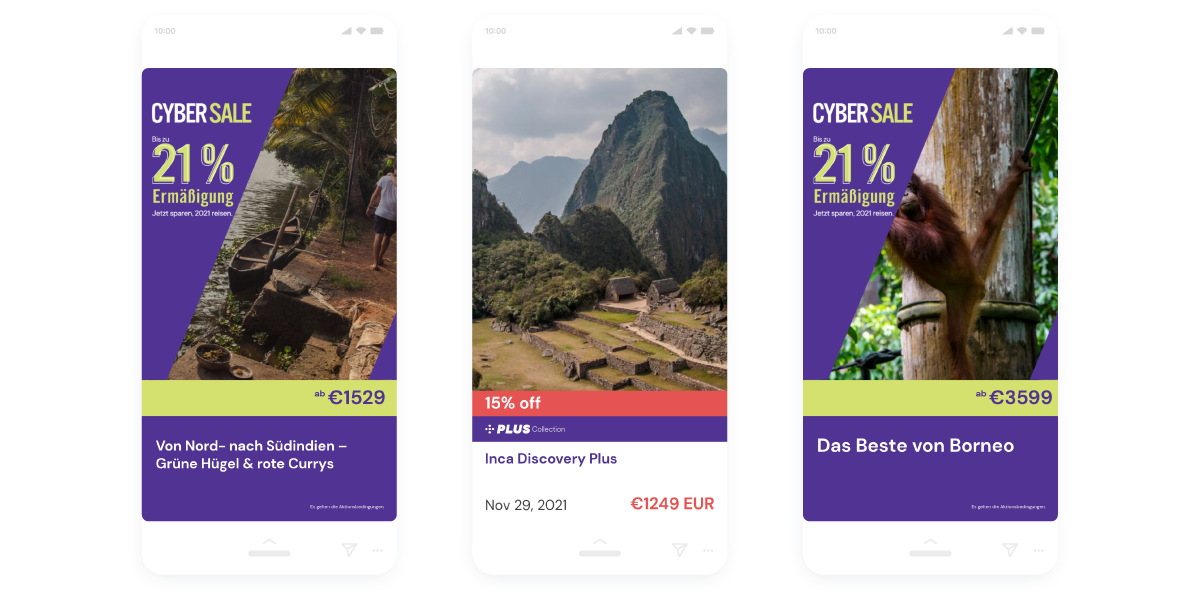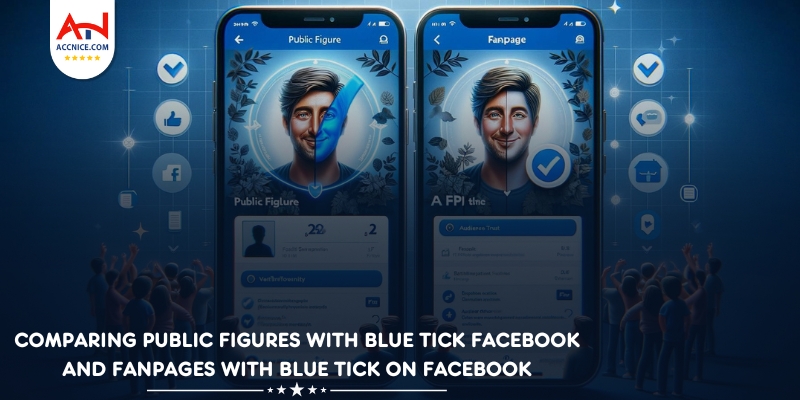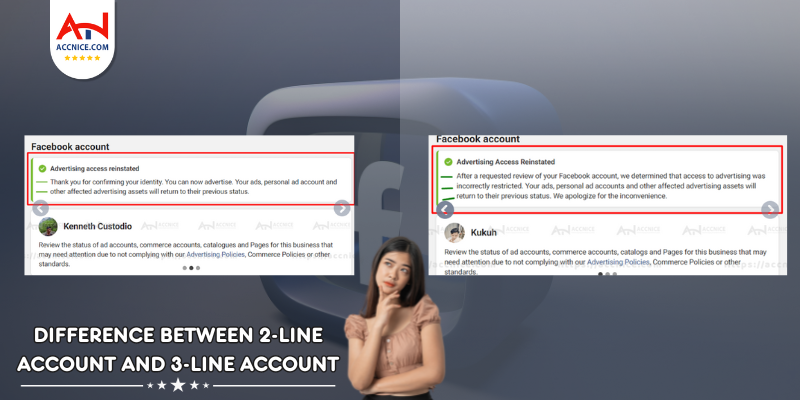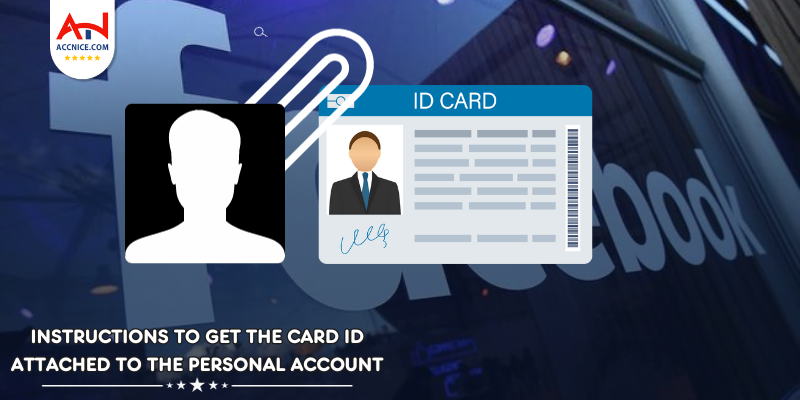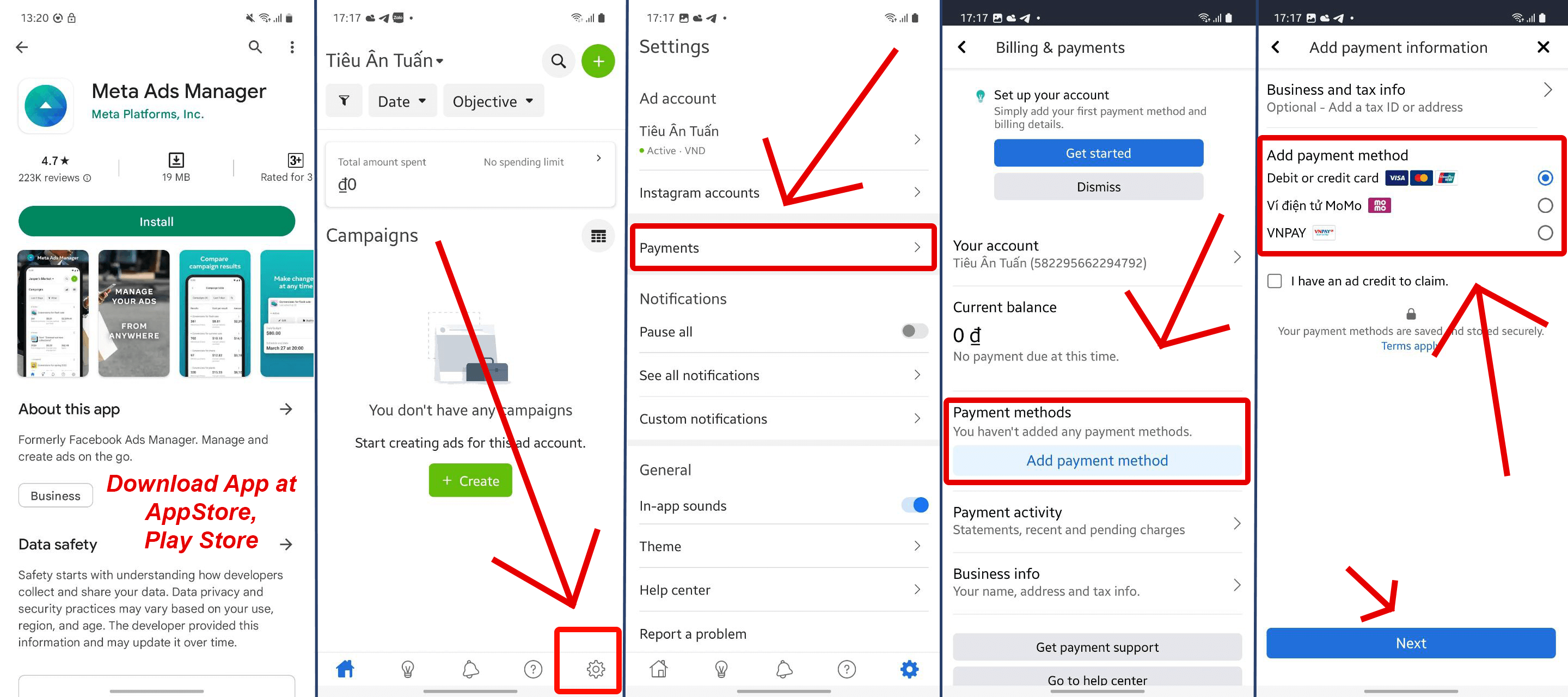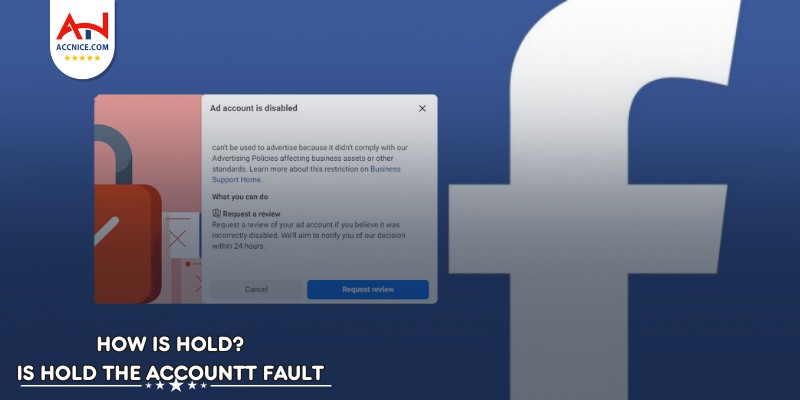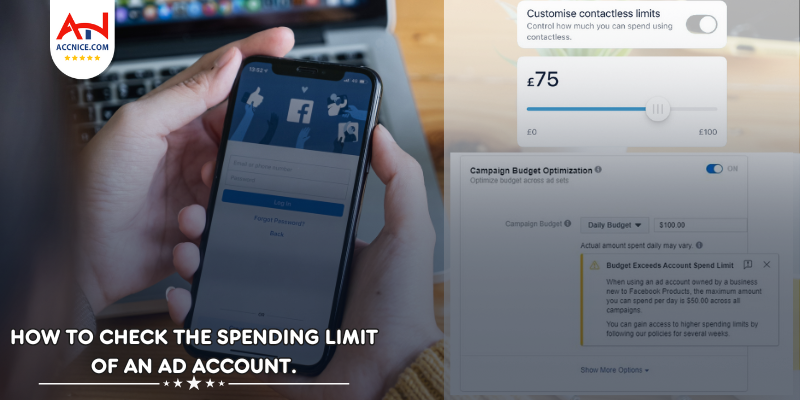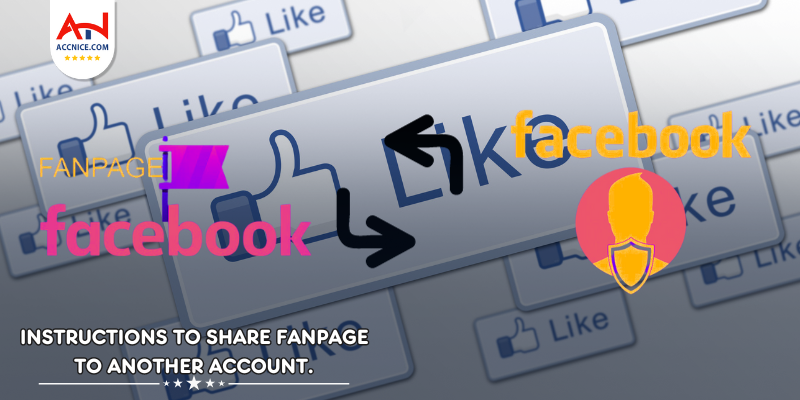How to set up facebook dynamic product ads
252 vỉew
Writing date: 2024-03-11 23:58:06

For today’s performance marketers, the biggest challenge became stopping the endless scroll. In order to do so, marketers are carefully nurturing their target audience. But guess what, you can’t walk the same path as performance marketers in past.
Gen Z is the best example of how putting people into boxes doesn’t do the job anymore, because they are much more fluid with their interests. In fact, research has shown that 91% of 18- to 25-year-olds believe mainstream pop culture is a thing of the past.
Facebook dynamic ads allow you to target a more narrow set of interested audiences which makes them an essential part of retargeting campaigns.
Find out how to leverage Facebook dynamic ads as your next great solution for engaging campaigns.
The most important to know about Facebook dynamic ads
With Facebook’s dynamic product ads, you can create personalized ads for every potential customer that visits your website.
Facebook’s dynamic ads allow you to automatically promote your most relevant products. By leveraging this technology you’ll be able to show the right products to users that have shown interest in them.

Promote the product while communicating the brand with DPA templates.
The process of making it all work is quite simple: upload the product catalog and set up the campaign all at once. Dynamic product ads will work for you by using up-to-date information about products.
Key benefits
- Highly personalized ads
- Focused on products
- Updated in real-time
- Optimized for cross-device targeting
- Highly effective
What is the difference between Advantage + campaigns and dynamic ads
At the beginning of 2022, Meta rolled out the Advantage + campaigns, as the next generation of dynamic product ads.
Advantage Plus is an easier way to set up the campaign because it reduces the number of manual tasks. Advantage + lets Facebook automatically create tailored campaign settings.
When leveraging dynamic ads, campaign creation, ad set, and ad creation are different stages, while with Advantage + these stages are merged.
Should you switch to Advantage + campaigns?
If you are about to enter the world of personalized product ads, Advantage Plus can be an easier option because it requires fewer inputs when creating a campaign and it simplifies audience options.
If you are familiar with more manual settings and detailed inputs when creating a retargeting campaign, you can stick with the options that Facebook dynamic ads give you.
What businesses must use Facebook Dynamic Ads
To put it quite simply: every performance-oriented business that uses product catalogs can benefit from relevant ads focused on their target audience, but some of them can make a great impact with DPA. Facebook DPA is a subset of Dynamic Creative.
When creating dynamic product ads, the step you cannot avoid is creating a Facebook Catalog, which will contain all the information about your products.
There you’ll find types of catalogs from which you’ll pick the one most relevant for your business.
The categories are:
- E-commerce
- Travel
- Real estate
- Automotive
These four are the essential business types that can make wonders with Facebook dynamic ads. However, to see where stunning DPAs can take you, check out our creative examples.
Each brand that has an online store needs to advertise its products. And if it has dozen of them, without leveraging dynamic product ads, the budget spent on Paid Social will just become one missed opportunity.

Leverage the power of dynamic ads for promoting travel deals.
Who doesn’t get inspired seeing a travel ad that shows its dream destination? These ads are speaking for themselves, so as an advertiser, you’ll just need to give them a little push by making them relevant to your audience. Retargeting campaigns are a must for travel ads because people do need some time to make a decision to visit a new destination.
The same goes for real estate and automotive businesses - retargeting is what moves the needle. Yes, we know that cars are not being purchased online, but they are being noticed - and that’s exactly what you need.
If we’re digging a bit deeper we need to mention delivery, as a business that can have immense success leveraging Facebook’s DPA, alongside all businesses that have franchises all over the city, country, or world.
Tips for creative optimization of dynamic product ads
Dynamic ads are a great way to communicate relevant information to your audience, but if you want to add the brand sparkle and avoid white background for each product consider using enhanced DPA, which will elevate your audience’s experience.
#1 Use DPA templates for different product sets
DPA templates for different product sets allow for grouping similar products and giving them the same creative which will communicate the right message.

Group similar products and use the same template to showcase them.
This is especially useful for special offerings or seasonal sales. You can create a bestseller product set, prepare the template that will showcase the most important information, and let products and data automatically change inside the template you chose.
This is how you’ll get thousands of relevant and personalized creatives in no time.
#2 Time-based templates
Making contextualized templates will certainly elevate the user experience. Time-based ads are great examples of making location data work for you.
One of the most efficient ways to do so is the countdown strategy - mostly used for holidays when campaigns need to stand out the most. The trick is to update the price daily and to make the sales bigger as getting closer to a certain holiday. You can also communicate how many days are left for the offer.
#3 Include reviews in your DPAs
It is not just about avoiding generic white background, it is about using that space to share the information that will sell. Users’ reviews are always a good choice.

Showcase reviews as social proof for the product you're selling.
To include reviews in your creatives, first, you’ll need to insert these data into the live product feed. After, create the templates with a dynamic placeholder for reviews, and watch how each product gets its own review automatically.
#4 On-brand templates
Make the perfect balance by producing on-brand templates that will communicate both the brand and the product.
On-brand templates can be great for new brands that need to combat their share of the audience’s attention, but also they are great for popular brands that want to make eye-catching campaigns.

Make sure that both the brand and product are highlighted.
You can create different on-brand templates based on different product sets, or you can stick with the campaign.
Leveraging on-brand templates will help you to maintain brand consistency and stay omnipresent.


